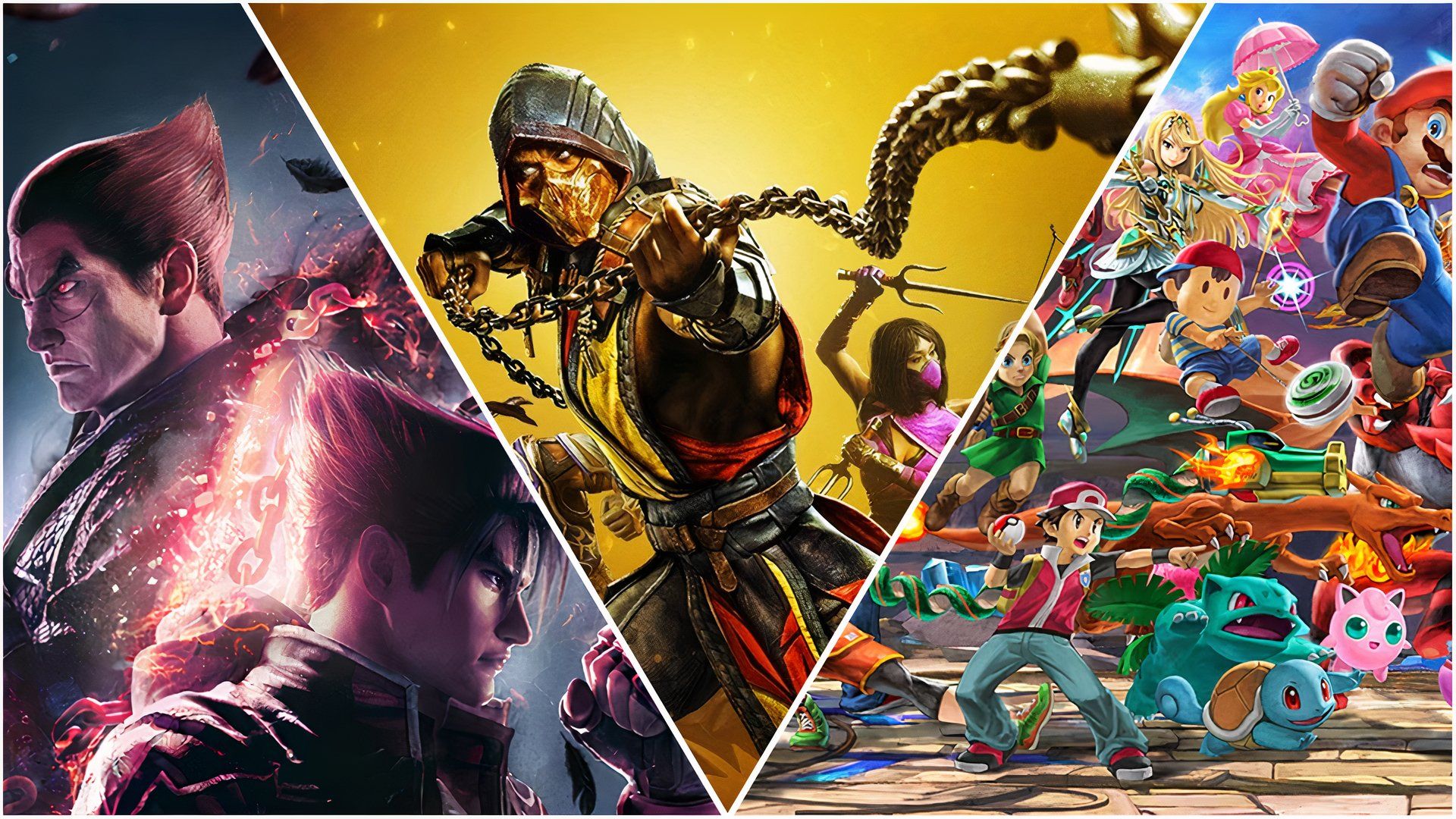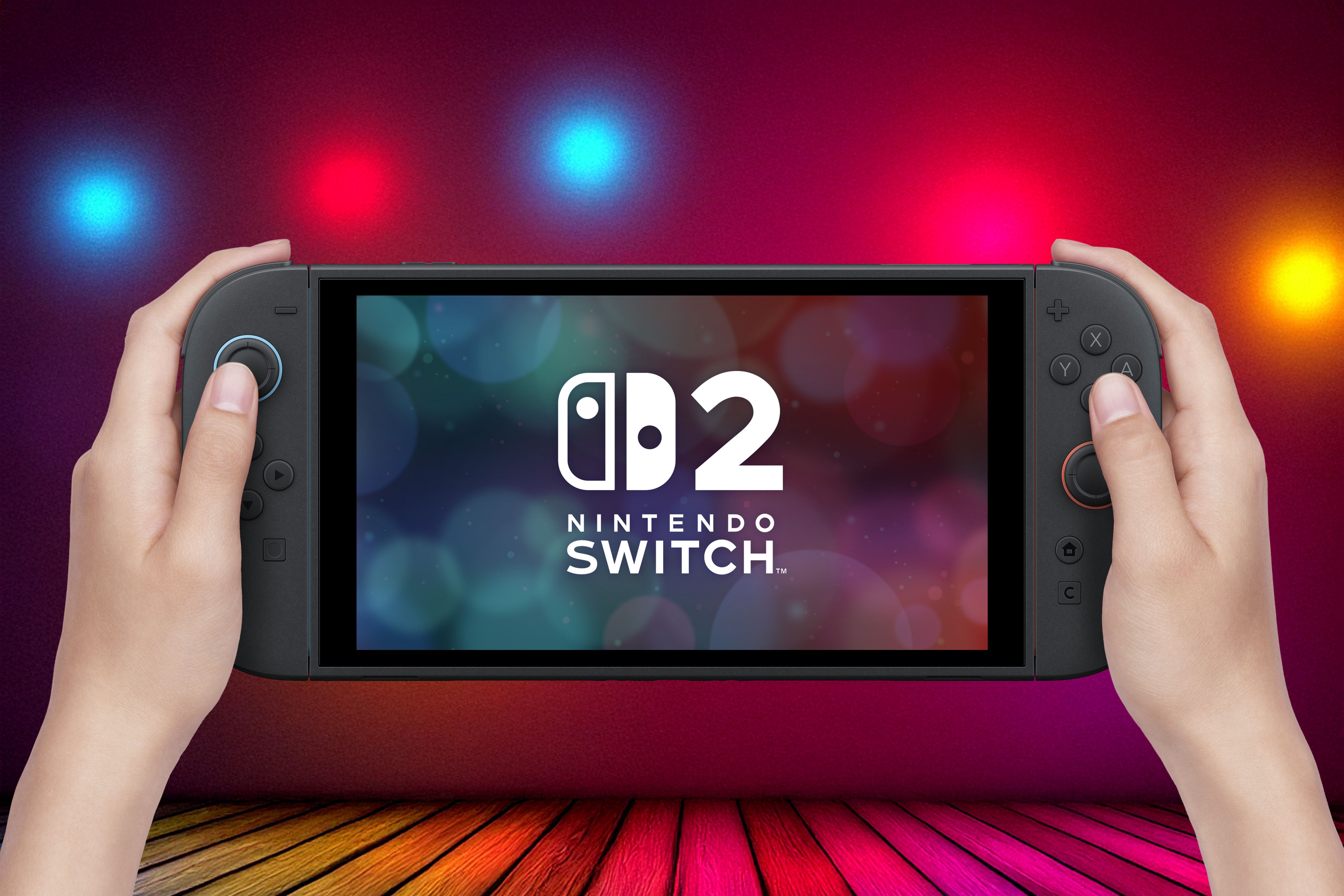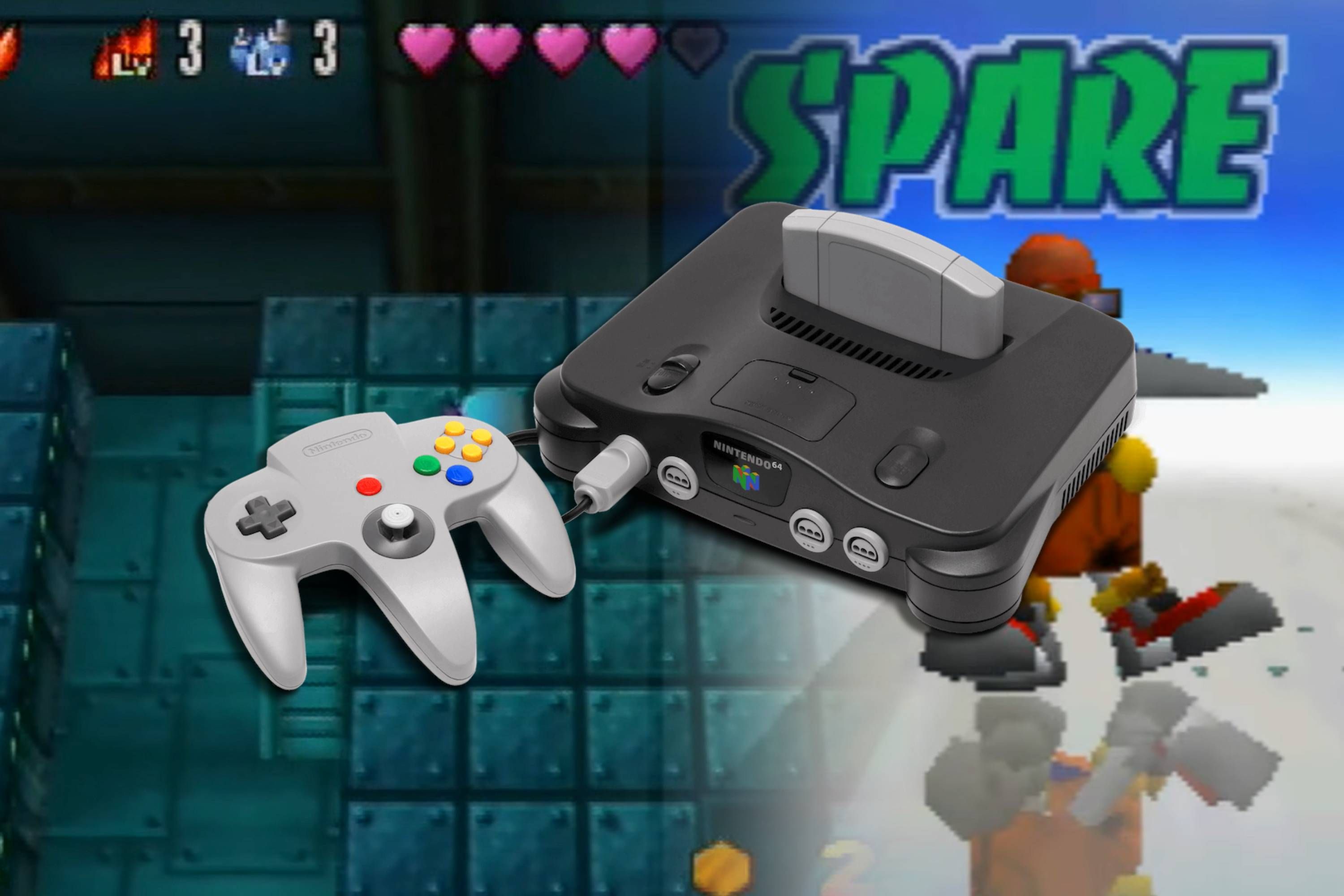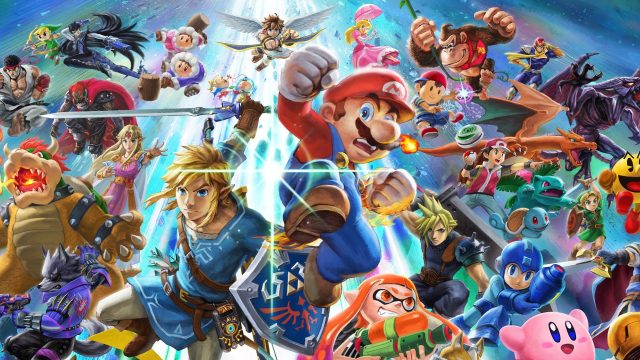There are no crazier and hype-inducing games from Nintendo than the Super Smash Bros. series. Fans of Nintendo love seeing their favorite characters from throughout the decades clash together in a no-holds-barred melee, filled with explosions and special effects. As a crossover, one could argue that it’s one of the best game series that Nintendo has ever released across multiple console generations. And what’s even better is that the series shows no signs of stopping or slowing down as the next generation of Nintendo consoles draws closer.
But how would we rank all the Super Smash Bros. games that have been released so far? No matter what character you play, or which Nintendo franchise you favor the most, chances are you have a favorite Smash Bros. game that you love to play with friends. Get ready to discuss a massive mash-up of crossover games that helped define generations of enthusiastic Nintendo fans. Here’s our ranking of every Super Smash Bros. game that has been released by Nintendo!

Related
The 5 most influential fighting games of all-time
The fighting game genre has grown over the years, and it’s these 5 influential and iconic fighting games to thank for it.
5
Super Smash Bros. (Nintendo 64)
The first Nintendo clash
The Nintendo 64 had many beloved games that would go on to become iconic releases for the console. The first Super Smash Bros. title, often referred to as Smash 64, was among those releases that helped make the N64 a must-own. Capitalizing on the console’s focus on 4-player experiences, Smash 64 was a quintessential multiplayer game for any Nintendo 64 owner.
It also helped that players saw Pikachu get into a fistfight with Mario, Donkey Kong, and Kirby; which was both hilarious and something very different at the time. Even the commercials for the game played with how wacky and ridiculous this concept appeared to be back then, having people in suits as the characters getting into a brawl.
Super Smash Bros. on the N64 has a smaller roster than the sequels that would come later, but it benefits greatly. Similar to how earlier Street Fighter 2 releases were compared to the updated versions that were released afterward, Smash 64 feels like a more focused game than its sequels.
Every character on the roster has a stage, their own victory music, a collection of items and weapons for everyone to use, and their own path through arcade mode.
There’s not a lot of fluff and extra padding around the core part of the experience, which is mashing up these iconic Nintendo characters and seeing what happens. It’s why to this day many Nintendo fans revisit Super Smash Bros. on the Nintendo 64, including major tournaments where multiple Smash Bros. games are featured for competition.
4
Super Smash Bros. Brawl (Wii)
Revamping the mash-up
When the Nintendo Wii finally got its own Super Smash Bros. game, it came with a lot of changes from the previous release. Super Smash Bros. Brawl is the third game in the series, but also the one that most fans have a number of issues with. This wasn’t because of a lack of content, nor were they complaining about how the game looked visually, but they were upset at how many of the technical aspects of the game were changed.
Many of the more advanced techniques from Super Smash Bros. Melee were no longer possible, as the physics of matches and characteristics of fighters were tweaked to prevent that. For many players, this was a huge letdown that made Super Smash Bros. Brawl less of a competitive game than previous entries. Some fans went as far as to help develop a fan-made mod for the game that brought back the omitted techniques, as well as changed some aspects of characters to appear as new ones.
Despite the criticism from those in the competitive scene, Super Smash Bros. Brawl was still a solid package for Nintendo fans. The game not only had an increased roster size, complete with brand-new Nintendo characters that hadn’t appeared before, but also had a new campaign mode called the Subspace Emissary. This was a mode that let players take control of multiple characters in a story that pitted the whole roster against the infamous Master Hand.
While the previous game had a linear adventure mode that included multiple stages, the Subspace Emissary included cutscenes in-between battles that showcased the zaniness of the action and personalities of every Nintendo character that appeared.
However, Super Smash Bros. Brawl also marks the first time in the series that characters from companies outside of Nintendo began to make a real impact. In this entry of the series, characters like Sonic the Hedgehog and Snake from Metal Gear Solid sent shockwaves across gaming communities. Dream matches that people have had since the console wars between Sega and Nintendo were possible, with the possibilities of even crazier inclusions into the Super Smash Bros. roster being a reality. It was after this game that the guest characters from various third-party companies became a much bigger part of the series.

Related
What to know about Nintendo Switch 2 editions and free updates
Nintendo is offering both Switch 2 Editions and Free Updates for Switch 1 games, but what does this mean. Worry not, XDA has you covered.
3
Super Smash Bros. for Wii U and 3DS
The best of both worlds
Hardly anybody was prepared for what the release of Super Smash Bros. for Wii U and 3DS would bring to the series. After the feedback that Nintendo received about Super Smash Bros. Brawl on the Wii, many things were changed in the next entry for the Wii U and Nintendo 3DS.
Not only was the fighting closer to what players had experienced in Super Smash Bros. Melee, but the roster of fighters grew even larger. The single-player modes for the game were just as plentiful as before, even though there was a greater emphasis on multiplayer matches this time. The 3DS version of the game received a few exclusive features, like Smash Run and Street Smash, while the Wii U version had similar modes that were different on the console.
Up to eight players could participate in matches, with the ability to use multiple controller styles to play, which included having a 3DS handheld as a controller. Functionality between the Wii U and 3DS gave everyone options and encouraged players to gather together to play Super Smash Bros. on Wii U, even if they didn’t own a Wii U at home.
In addition to that, both the Wii U and 3DS versions of the game had customizable Mii fighters and online play. The Mii characters from someone’s consoles could be added to the game with a generic fighting style and be part of the action, which could be changed in multiple ways. Both versions of the game also had compatibility with Nintendo’s Amiibo figures, which could add CPU characters to battle and other benefits to reap from them.
The online play for this Super Smash Bros. game was a great addition, but suffered from connection issues that impacted the experience. Most competitive players prefer to play the game locally offline, rather than online. This matched up well with how the game felt to play, now that techniques open to the entire roster favored higher levels of competition, which is what many wanted to carry over from Super Smash Bros. Melee.
By far, the biggest part of this release was how the floodgates were opened with who could appear in a Super Smash Bros. game. Multiple guest characters from various companies were added to the roster, including popular game characters like Mega Man, Ryu from Street Fighter, Cloud Strife from Final Fantasy VII, and Bayonetta.
Following the release of Super Smash Bros. Brawl, it felt like the series needed to go bigger with who was able to appear, leading to many fan theories prior to release. Iconic characters like Cloud showing up were thought to be impossible, since Nintendo had no real connection to games like Final Fantasy VII on the PlayStation. But now all bets were off, and every character the fans could think of was fair game.
2
Super Smash Bros. Melee (GameCube)
Competition to the max
For some Nintendo fans, Super Smash Bros. Melee on the GameCube is the best entry in the series. It may not have the largest roster or the most features in the game, but Super Smash Bros. Melee gets the core fighting very right. This was the entry in the Smash Bros. series that changed it from being just a multiplayer party game into a real contender for anyone interested in competitive games.
The skill ceiling for Melee is very high, especially if one puts in the time to learn some of the more advanced techniques that benefit the entire roster. However, not everyone may find this appealing or even enjoy this part of the experience of playing Super Smash Bros. Melee, but the possibilities for high-level competitive play are there. To this day, Super Smash Bros. Melee is featured at tournaments for those looking to compete with the best players around.
But what about the rest of Super Smash Bros. Melee outside the competitive scene? Luckily, Melee is a complete upgrade from the original Super Smash Bros. in just about every way. The number of characters to play is larger and more interesting, the number of stages and options for matches is increased, the number of items that can appear is greatly increased, and there are more modes to engage with.
A number of characters that show up in Super Smash Bros. Melee were originally meant to appear in the first game, but were cut out for different reasons.
Nintendo fans over the years have pointed out that the number of fighters representing different Nintendo series is not balanced, with many coming from the Mario series, but there is still a variety of characters to try out that are different from one another.
Super Smash Bros. Melee is also the game that introduced additional game modes that mix up the fighting in new and interesting ways. The Event Mode is one that puts players into different scenarios with varying conditions to win, which often leads to crazy mash-ups of fighters. There were 51 event challenges in total, which yielded unlockables for those who were daring enough to complete them. The Event Mode is infamous for having some of the hardest challenges that Smash players have ever had to play, including one that has you fighting all the major villains in the game at once.
1
Super Smash Bros. Ultimate (Switch)
Everybody is here now
When you talk about the ultimate crossover or mash-up of franchises in games, then you can’t go without mentioning Super Smash Bros. Ultimate for the Nintendo Switch. Much like the tagline in various ads indicated, everyone is here, literally. Just about every character from previous Super Smash Bros. games is included, as well as a number of changes to their move lists and techniques.
For those who had played the games from the beginning, Ultimate blended together the best aspects of the competitive scene with the streamlined parts that casual players loved with its gameplay. High-level techniques to master were present for the entire roster, but they did not dominate the majority of the game, allowing enough room for casual players to still factor into matches without spending countless hours learning the ins & outs of the game.
Multiple options and rule sets were available in Ultimate that gave more control to players who wanted to tinker with matches beyond just selecting basic rules and stages. And not only could players go online to fight against others, but creating lobbies was possible for those who wanted to group up and engage in battles together.
As a culmination of everything that the series has built upon, Super Smash Bros. Ultimate also broke new ground for the series by going further with its single-player content and guest character inclusions.
The World of Light was an adventure mode that took the concepts started in Subspace Emissary evne further, including more cutscenes and a giant map to traverse. Not only could characters on the whole roster appear in World of Light, but additional characters obtained through DLC could do so as well.
This worked out very well for the game because the final group of downloadable characters included highly requested and beloved gaming characters that fans had wanted to see brought in for years. Iconic characters such as Banjo-Kazooie, Terry Bogard from Fatal Fury, and Kazuya Mishima from Tekken were among the extra fighters that were received very well. But some of the biggest surprises came from the addition of Sephiroth from Final Fantasy VII, Steve from Minecraft, and Sora from the Kingdom Hearts series as downloadable content. To many, this really was the culmination of everything that fans loved about the series, and it simply couldn’t get any better than that.

Related
The 5 rarest Nintendo 64 games you’ll probably never own
The Nintendo 64 might not have a ton of games, but that doesn’t mean that there aren’t some hard to find ones on the platform.











